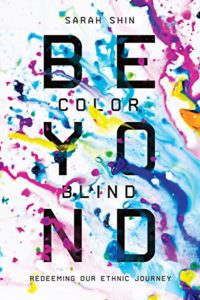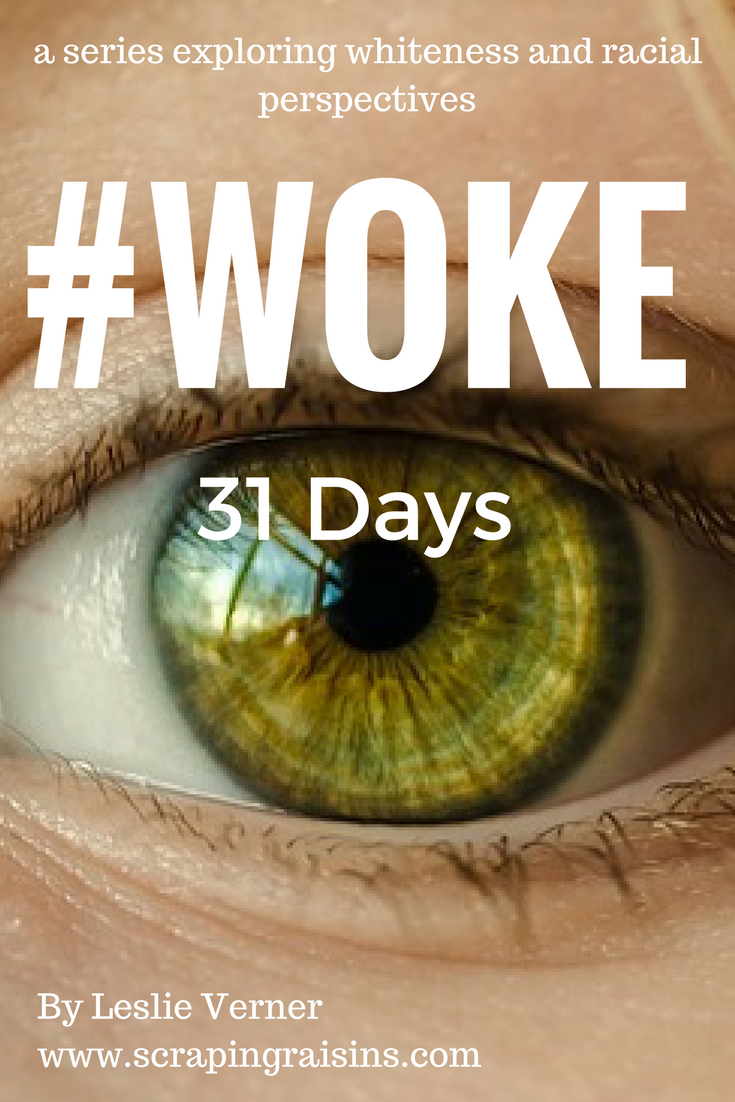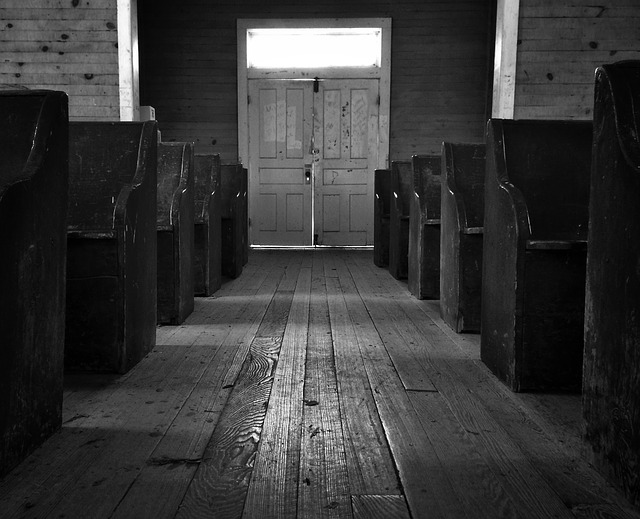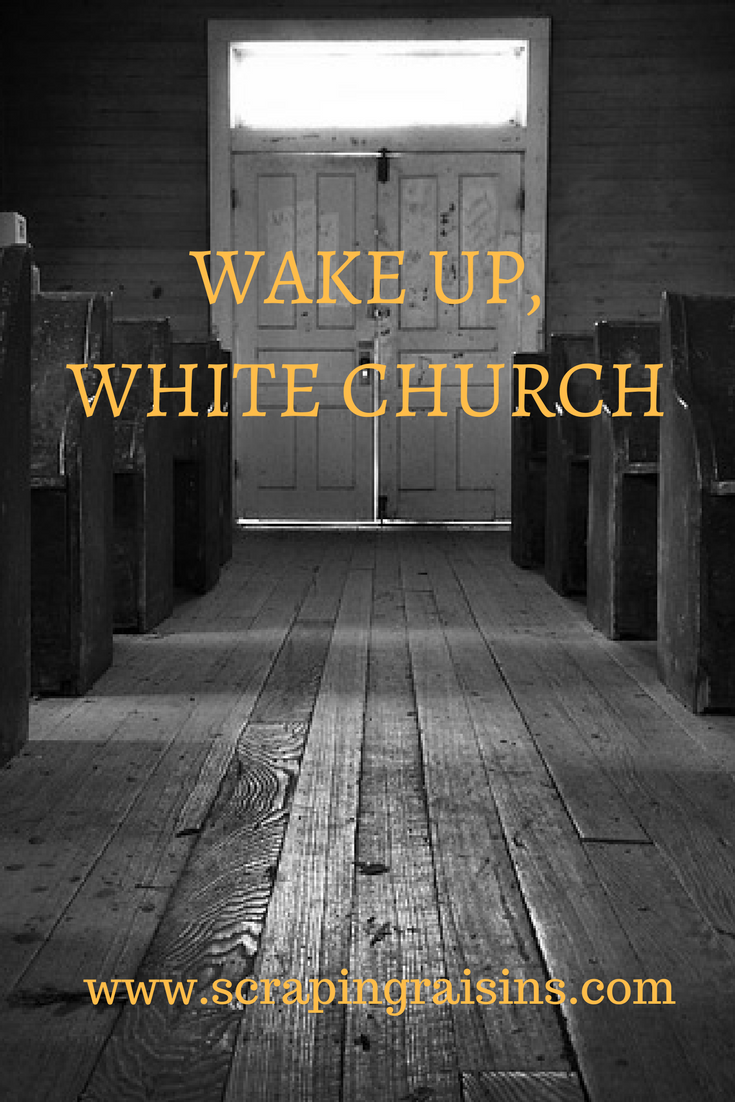
Metaphors and analogies help bring clarity to fuzzy thinking. These ten privilege metaphors not only apply to white privilege, but also to economic inequality. Of course, every metaphor breaks down on some level, so keep that in mind as you mull these over.
1. Different Starting Lines
If life is a race, then people of color have a different starting line than white people. This video, called The Unequal Opportunity Race, is a fantastic depiction of the additional hurdles and roadblocks people of color face as they “race” white people in life.
2. Monopoly Game
Privilege is a like a monopoly game where black people are invited to play after white people have already been playing for three days—the property has been sold and the resources handed out, and yet the people of color need to somehow make it around the board. (I couldn’t find a specific source for this metaphor, because it seems like a widely accepted one.)
3. Tall and Short People
This metaphor by Omar Ismail, explained in greater and more comedic detail here, removes some of the emotions from this discussion. He compares white people to tall people who can reach higher shelves and experience more conveniences because they are tall. It simply means there are advantages to being tall.
4. Bikes and Cars
This article, “What My Bike Has Taught Me About White Privilege,” suggests that privilege is like being a bike person or a car person. Cars are less aware of bikes and bikes need to cater to the cars on the road.
5. Gaming—Easy, Moderate, Hard Settings
In this article, “Straight White Male, The Lowest Difficulty Setting There Is,” John Scalzi explains white privilege using a gaming metaphor. While you can still lose on this setting, you are playing against others who are using moderate and hard settings, so you have all the advantage in the game.
6. The Closest to the Goal
I recently attended a seminar that used this metaphor for white privilege. The men used an image of three people in a row trying to throw a paper ball into a trash can. They said the teacher gave the directive that if they make a basket, they get an A on the exam. Obviously those in the front row have the advantage. And there’s the added layer that they are not aware of the people in the rows behind them. A teacher adapted this idea into a lesson plan to teach his high school students about the concept of privilege.
7. The Invisible Knapsack
This is possibly the most well-known way to identify white privilege, which Peggy Macintosh describes as the “invisible knapsack.” She shares statements for people to check off to identify whether or not they have privilege. This Privilege Walk Lesson Plan uses a similar format, but has students in a gym take steps forward or backward based on a list of statements that highlight their privilege or lack of privilege.
8. Born on Third Base
Cactus Pryor describes privilege as someone who was born on third base and thinks they hit a triple. They don’t recognize that they are privileged from birth.
9. The Caterpillar and the Snail
“Sometimes You’re a Caterpillar” is short (and cute) story about a caterpillar and snail who are friends trying to get under a fence. The caterpillar doesn’t understand why the snail can’t just fit under the fence. She eventually has some epiphanies about the struggles of her friend.
10. No Left Turn Lane
White privilege is having a left turn lane, while people of color must wait for the oncoming cars to pass before turning left. (Chicago city drivers have first-hand experience with the joy of turn lanes when you’re not used to having one.)
More Resources:
On Ramp Podcast is a fabulous podcast for succinct, yet in depth discussion of race issues through a conversation between a white man and an African American woman. These two podcasts on white privilege are very informative: Privilege and White Privilege Revisited
White Privilege Explained in One Simple Comic (language alert)
Another comic from The Wireless
***
 Sign up for my newsletter by February 28th and be entered to win a copy of Beyond Colorblind! (U.S. residents only)
Sign up for my newsletter by February 28th and be entered to win a copy of Beyond Colorblind! (U.S. residents only)
Sign up for my Mid-month Digest and Secret Newsletter Here:
How is God calling you to enter the race conversation?
 This month we’ll be discussing racism, privilege and bridge building. If you’d like to guest post on this topic, please email me at scrapingraisins(dot)gmail(dot)com. Yes, this is awkward and fraught with the potential for missteps, blunders and embarrassing moments, but it’s necessary. Join me?
This month we’ll be discussing racism, privilege and bridge building. If you’d like to guest post on this topic, please email me at scrapingraisins(dot)gmail(dot)com. Yes, this is awkward and fraught with the potential for missteps, blunders and embarrassing moments, but it’s necessary. Join me?
I’ll go first.
(Consider joining the Facebook group Be the Bridge to Racial Unity to learn more about how God is moving in this sphere.)
If you are a writer, consider using the hashtag #WOCwithpens to showcase the writing of our black and brown sisters of faith every Wednesday specifically, but anytime as well! You can find the explanation for the hashtag here.
If you’re a white person who’s new to all of this, I compiled some resources to start you on your journey (because I’m not much farther ahead):
70+ Race Resources for White People
80+ MORE Race Resources for White people
**This post includes Amazon Affiliate links









